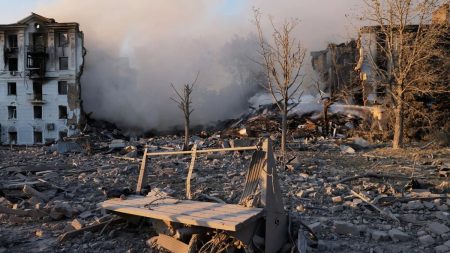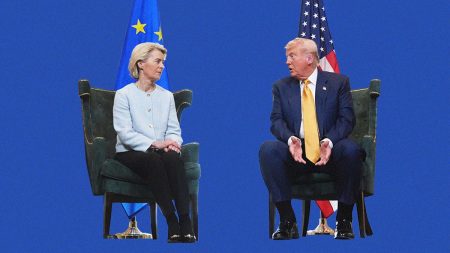Finland’s transformation from a non-aligned nation to a NATO frontline state underscores the dramatic geopolitical shifts spurred by Russia’s invasion of Ukraine. This shift is starkly symbolized by the juxtaposition of Santa Claus’s Lapland home hosting NATO’s largest-ever artillery exercise, a powerful image reflecting the new reality of European security. Finland’s decision to join NATO in 2023 was a direct response to Russia’s aggression, a move prefaced by growing concerns over Russia’s actions in Crimea, the Donbass, and its interference in Ukraine’s Maidan protests. This decision marks a watershed moment in Finnish foreign policy, signaling a definitive break from its traditional neutrality. The presence of thousands of military personnel from across Europe and North America in Lapland, alongside the throngs of visitors seeking the magic of Santa Claus, encapsulates the complex interplay of peace and security that defines the current global landscape.
Finland’s extensive 1380km border with Russia, the longest within NATO territory, places it at the forefront of the alliance’s defense posture. This geographical reality has thrust Finland into a critical role in safeguarding European security. The past two years have witnessed an escalation of hybrid warfare tactics employed by Russia and China, including sabotage of undersea communication cables, disinformation campaigns, and the instrumentalization of refugees at the Finnish-Russian border. These actions represent a multifaceted threat that goes beyond conventional military aggression, targeting the very fabric of societies and democratic institutions. Finland’s long-standing preparedness for such attacks is a testament to its strategic foresight and its understanding of the evolving security landscape. The incident involving the seizure of a Chinese vessel off the coast of Denmark for alleged cable cutting further highlights the complex web of international actors involved in these hybrid warfare activities.
Helsinki’s firm stance on Ukraine’s defense reflects a strong commitment to supporting its embattled neighbor. Finland advocates for a comprehensive approach to Ukrainian defense, urging the international community to consider all necessary measures to ensure Ukraine’s sovereignty and territorial integrity. A key element of this approach is the proposal to seize frozen Russian state assets held in European banks to finance Ukraine’s reconstruction. This proposal represents a departure from traditional international financial practices and reflects the gravity of the situation in Ukraine. Finland argues that Russia must bear the financial responsibility for the devastation it has wrought, and that the frozen assets represent a legitimate source of funding for Ukraine’s recovery. This argument reflects a broader recognition that the costs of Russia’s aggression cannot be borne solely by Ukraine and the international community.
Finland’s evolving stance on European defense funding further underscores its commitment to collective security. Helsinki has demonstrated an openness to the concept of common borrowing to finance major investments in European defense, signaling a significant shift in its traditional approach to defense spending. This shift acknowledges the interconnected nature of European security and the need for collective action in the face of shared threats. While Finland has not yet endorsed any specific plans, its willingness to consider common borrowing represents a significant step towards greater European defense integration. This reflects a growing recognition within Finland that the current security environment demands a more collaborative and integrated approach to defense.
Finland’s proactive approach to European defense is underpinned by its unwavering support for Ukraine. Helsinki maintains that all options must remain on the table when it comes to aiding Ukraine, sending a clear message of solidarity to the front lines. This commitment to providing Ukraine with all necessary means of support reflects Finland’s recognition of the strategic importance of the conflict and its determination to prevent further Russian aggression. Finland’s unwavering support for Ukraine stems from a deep understanding of the shared security challenges facing Europe and a commitment to upholding international law and the principles of sovereignty and territorial integrity.
In conclusion, Finland’s journey from neutrality to NATO membership, its robust response to hybrid warfare threats, and its advocacy for innovative approaches to supporting Ukraine and strengthening European defense, all point to a nation that has undergone a profound transformation in its security posture. This transformation is driven by a clear-eyed assessment of the evolving geopolitical landscape and a firm commitment to safeguarding its own security and that of its allies. Finland’s experience serves as a powerful example of how a nation can adapt and respond to emerging threats, while simultaneously upholding its values and contributing to international stability. The image of NATO exercises taking place in the same region as Santa Claus’s home encapsulates the complexities of this new era, where the pursuit of peace and the imperative of defense are intertwined more than ever before.














